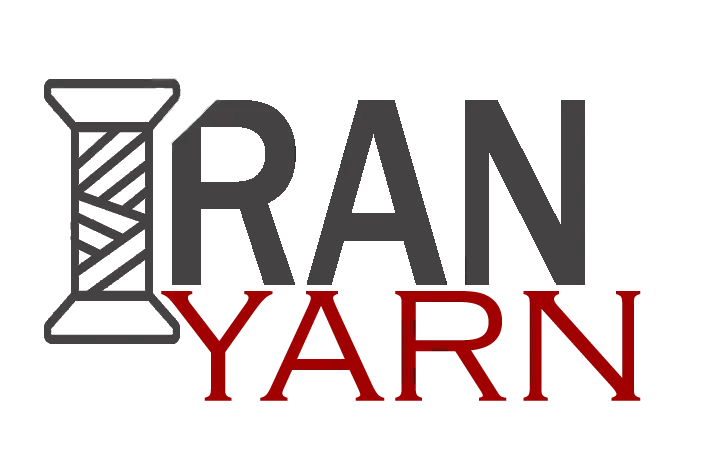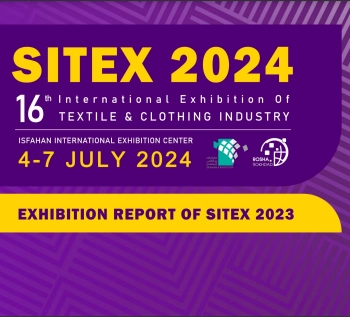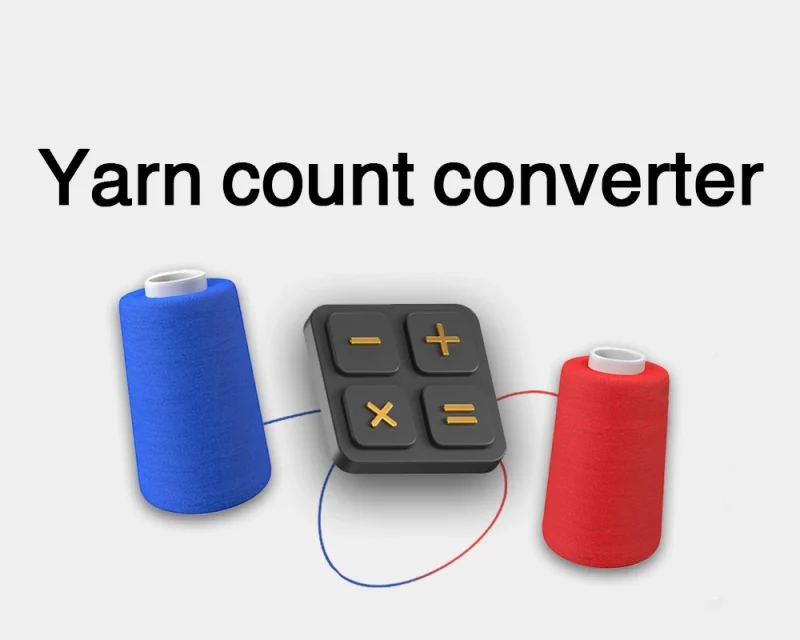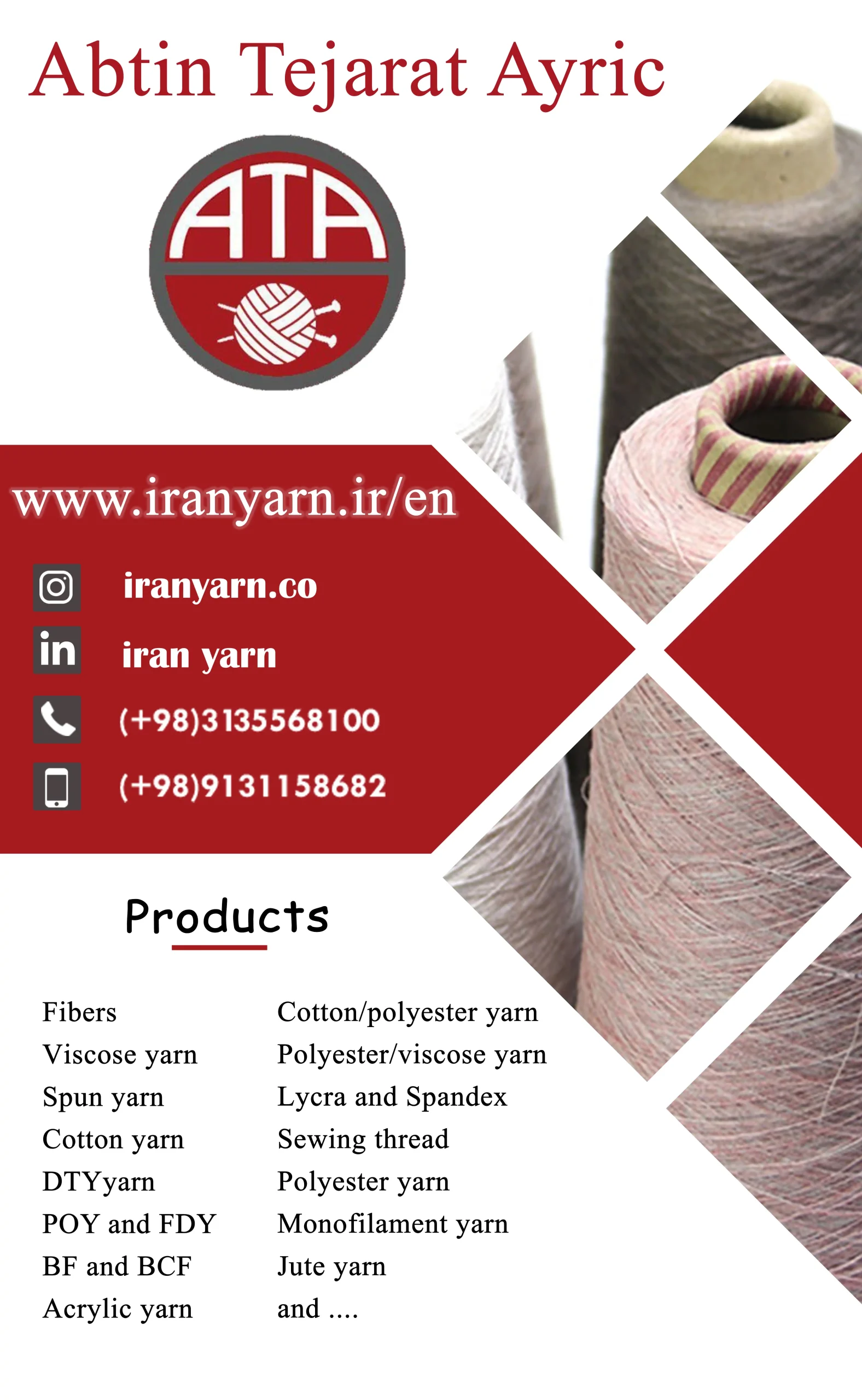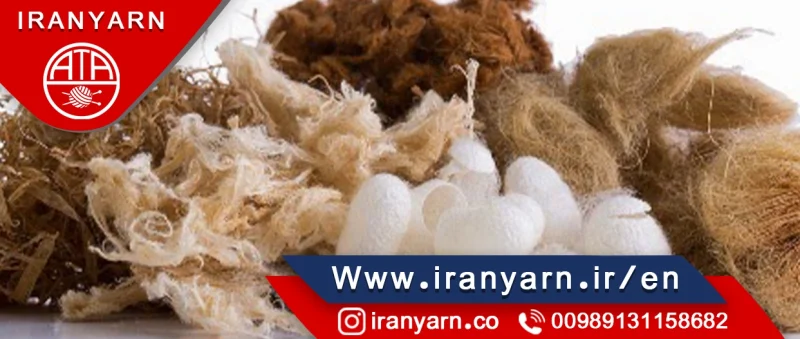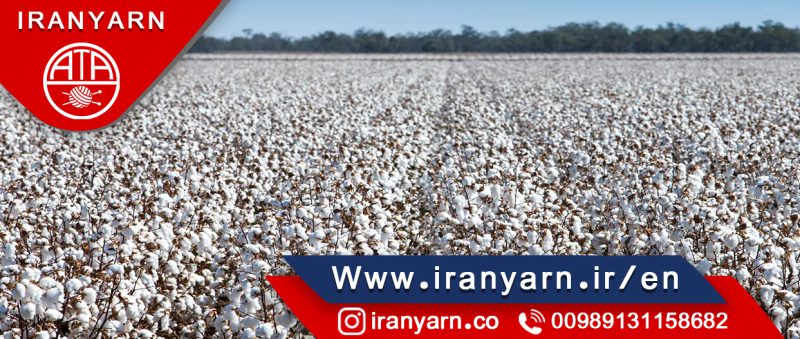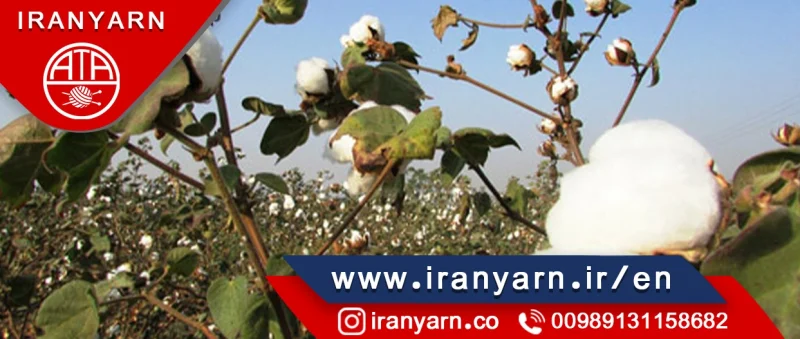one of the most important items used in sleeping products is blankets. The use of this products is not only reserved for the cold season of the year but it is widely considered in all seasons of the year. Blankets are produced in different types that can be purchased depending on the type of use and needs of the person. Blankets are produced with a variety of weaving methods, such as warp weft, weft warp, weft weft and felt. One of the most common methods of producing blankets in Iran is the circular threading method or Rachel (silk) and the thread and weft method (mink).
The stages of blanket production are:
- weaving
- Cutting and barbed knitting
- Complete
Weaving:
The production of blankets using the circular warp knitting method is more useable, because it allows the production of various products with different designs. It is also possible to create a different design on the blankets by cutting. Blankets produced using the weft-warp method usually have a simple design or no design or large design.
Blankets can be produced with different cotton, wool, glass wool, acrylic and recycled materials. Today, due to the low price of recycled yarns compared to virgin yarns, these yarns have attracted more attention from producers and consumers.
Blankets thread is produced in different grades in a range between 1 and 4 meters. Recycled blankets thread can be produced in pure form such as recycled polyester or mixed with other fibers. Among the mixed with other fibers. Among the mixed fibers, we can mention 50-50 polyester/wool yarn. Among the properties of pure wool, we can mention moisture absorption, anti-microbial quality, natural flame retardant, durability, warmth, and its wash ability.
But due to the high price of these fibers, it is mixed with synthetic fibers such as polyester to produce blanket yarn.
Cutting and barbed knitting:
The blanket produced from the knitting machine enters the cutting machine. In this machine, it is precisely cut using a metal blade and its surface is pricked. In some cases, the back is also pricked. The cut length is adjustable. By adjusting the length of the cut, in addition to the amount of lint and the appearance of the fabric, its GSM is also determined.
print:
In this step, using silk printing, the desired design is transferred to the blanket using a stencil. The color transferred to the blanket is not washable. A device called setting is used to fix the colors on the blanket and prevent it from discoloring during washing. In this device, the textile is subjected to steam pressure and temperature above 100 degrees Celsius. After that, washing is done to remove the excess color. In this step, softener is added to it and then it is calendared and dried.
Complete:
At this stage, the produced blanket is pricked. The back of the blanket is also fluffed by passing through the barbed machine using a needle. After that, the surface of the blanket is brushed and organized and then, to increase transparency and obtain a uniform surface, polishing is done by thermal rollers. The polished blanket enters the cutting machine. In this device, the fluff on the surface is suspended and after passing through a rotating and fixed roller, the height of the fluff is adjusted. At the end, the blanket
